World’s Ugliest Orchid Discovered in the Forests of Madagascar
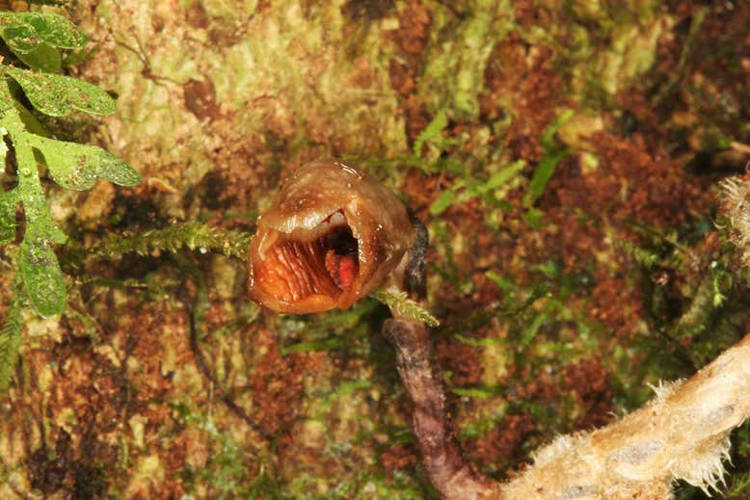
They say beauty is in the eye of the beholder, but looking at this new species of orchid discovered by scientists in the forests of Madagascar, it’s easy to see why it’s already been dubbed the “world’s ugliest orchid”. With over 700 genera and around 28,000 individual species, orchids make up one of the largest […]
Plant Evolves to Become Less Visible to Humans in Areas With Excessive Harvesting
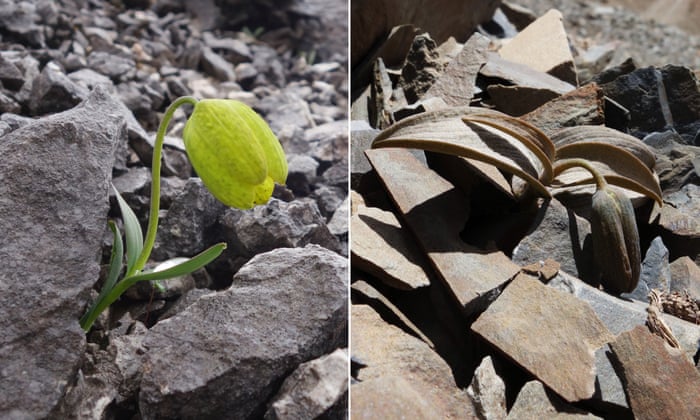
Fritillaria delavayi, a plant used in traditional Chinese medicine, has apparently evolved to match its background and become more difficult to spot as a direct consequence of heavy harvesting. Scientists had known that many plants evolved to use camouflage as a way of hiding from herbivores that may eat them, but a recent study suggests […]
Italy’s Kiwi Plants Are Dying And No One Can Figure Out Why
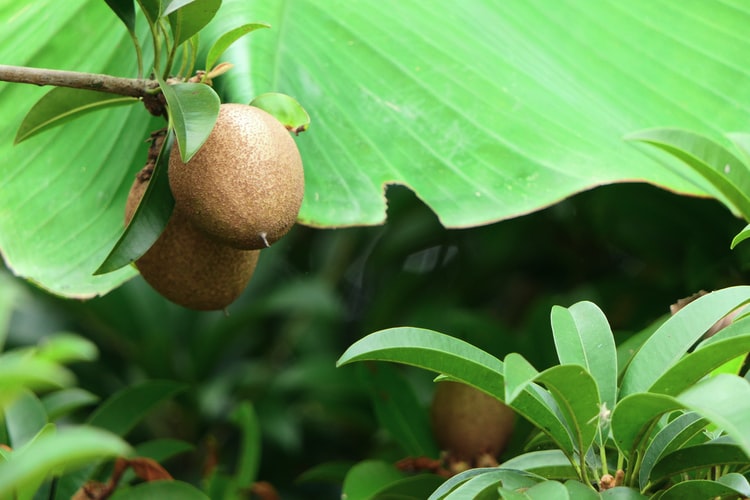
Italy is the world’s second largest kiwi producer after China, but for the past eight years farmers have been battling a mysterious enemy that has so far killed over twenty percent of the country’s kiwi plants. It starts with the leaves. They wither and face downwards, and within 10 days they all fall to the […]
The Heartbreaking Story of the World’s Loneliest Plant
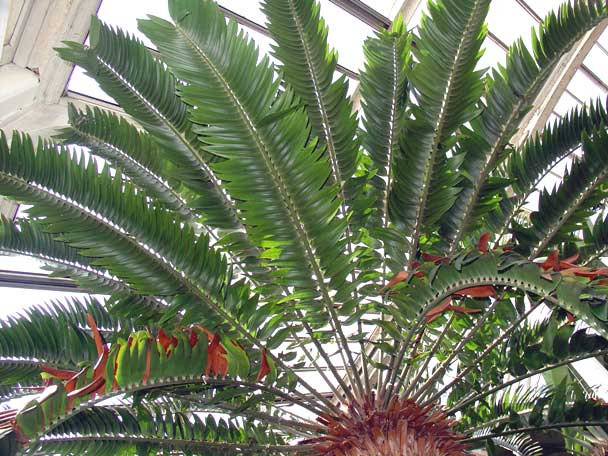
The Royal Botanical Gardens at Kew, in the UK, are home to thousands of fascinating plants, but none as lonely as the Encephalartos woodii, an ancient cycad species and, most likely, the last one of its kind. It was in 1895 that botanist John Medley Wood noticed this interesting-looking palm tree on a steep slope […]
Is This the World’s Tallest Cactus?
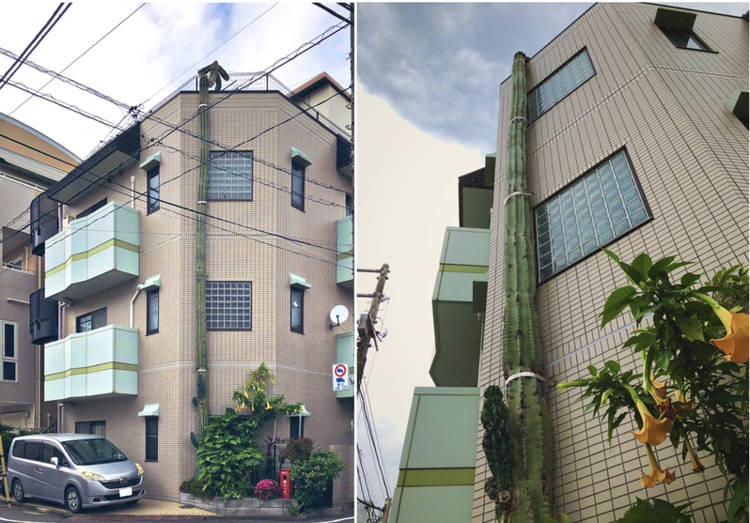
Photos of an unusually-tall cactus growing on the side of a three-storey building in Tokyo, Japan, have been doing the rounds on social media, raising the question: ‘is this the world’s tallest cactus?’ Last Wednesday, Japanese Twitter user =Yang= (@0okome0) posted a bunch of intriguing photos of a building he had spotted in Takinogawa, Tokyo […]
These ‘Ice Cream’ Tulips Look Good Enough to Eat
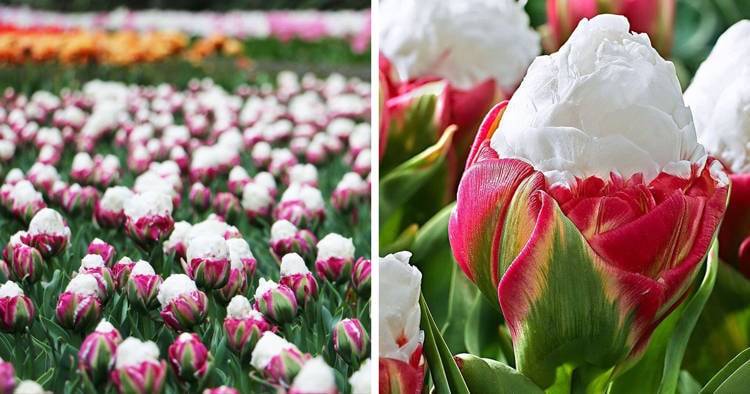
I don’t normally think of food when looking at flowers, but these lovely ‘Ice Cream Tulips’ really get me thinking about a nice cold treat to cool me off on a hot summer day. If you’re a flower enthusiast, you probably already know about the ice cream tulip variety, but for most people they are […]
Scientists Create Alien-Looking Bioluminescent Plants Reminiscent of ‘Avatar’ Jungles
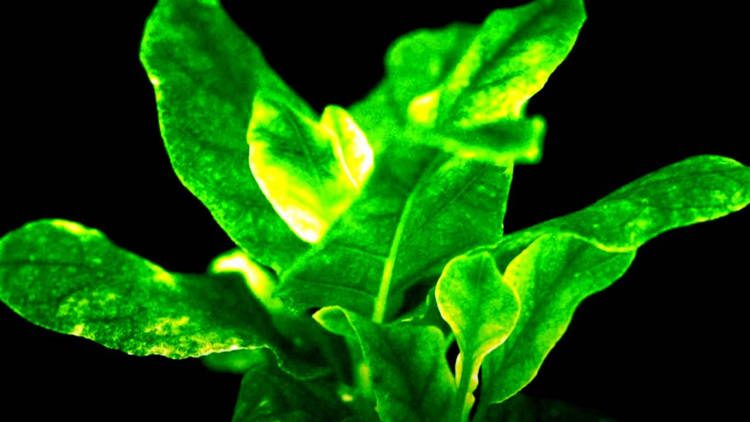
Stunning-looking luminescent plants have become popular in science-fiction and fantasy films in recent years, but if the recent achievement of an international team of scientists is any indication, self-sustaining bioluminescent plants are already a reality. In 2017, MIT researchers announced an important breakthrough in their quest to make plants that glow in the dark a […]
Vietnamese Man Uses Two Creeping Plants to Turn 5-Storey Building Into a Vertical Garden
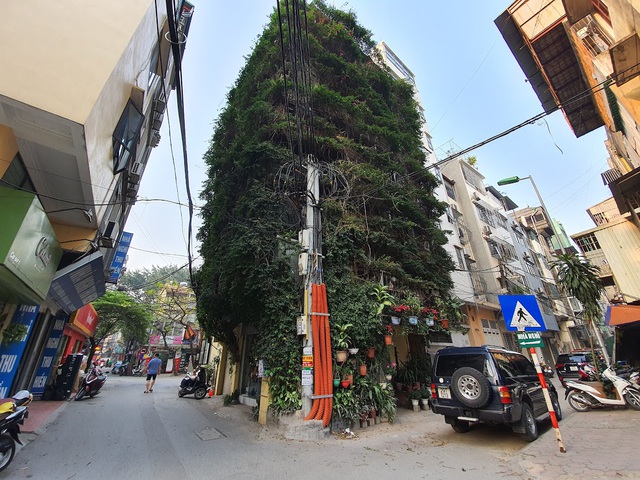
Located deep in Hanoi’s Dong Da district is one of the Vietnamese capital’s most unique landmarks – a 5-storey apartment buildings completely covered by a living, creeping, green curtain. The so-called “living building” of Hanoi is the work of Prof. Dr. Hoang Nhu Tang – former lecturer at Hanoi University of Civil Engineering and resident […]
Houseplant Enthusiast Turns Apartment into Urban Jungle with Over 1,400 Potted Plants
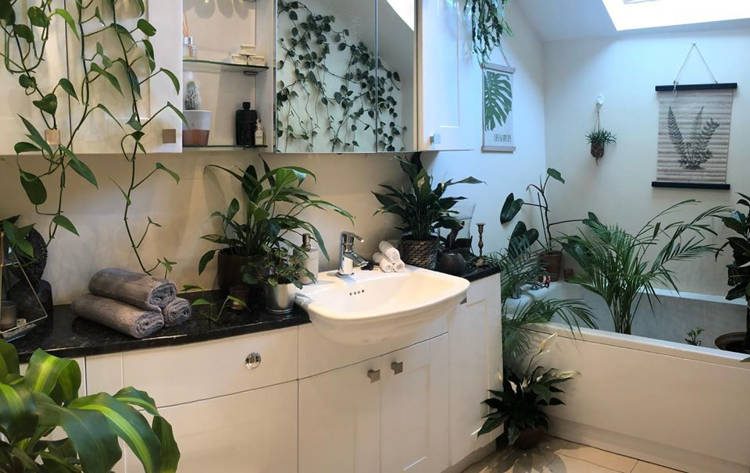
Joe Bagley, a 20-year-old self-confessed “jungle boy”, has turned his one-bedroom apartment in Loughborough, UK, into an indoor jungle with over 1,400 potted plants. From cacti and succulents to tropical flowers and vines, you can find all sorts of plants growing in Joe Bagley’s home. They are everywhere, on the dining table, on bookshelves, even […]
Woman Realizes That Succulent She Had Been Watering for Two Years Was Made of Plastic
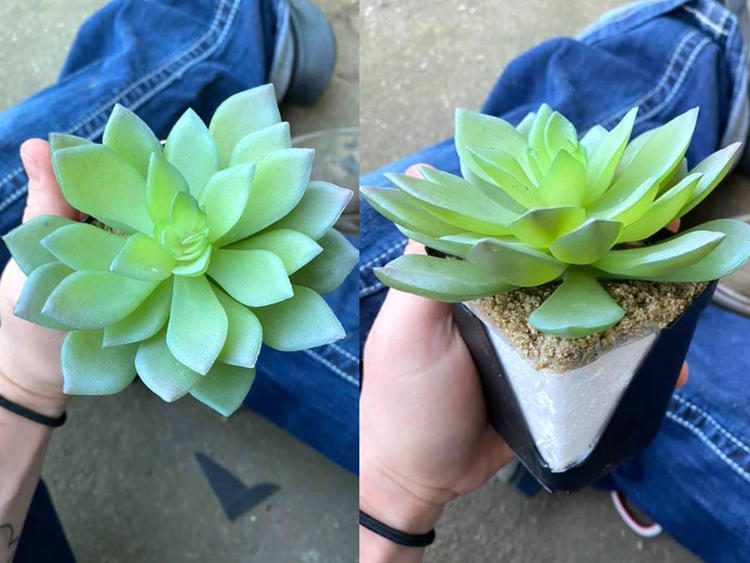
A California stay-at-home mom recently got her five minutes of online fame after taking to Facebook to reveal that the potted plant she had been watering and looking after for the last two years was actually made of plastic. On February 28, Caelie Wilkes shared a very funny revelation with her Facebook friends. While attempting […]
Designer Creates the World’s First Wearable Vegetable Garden
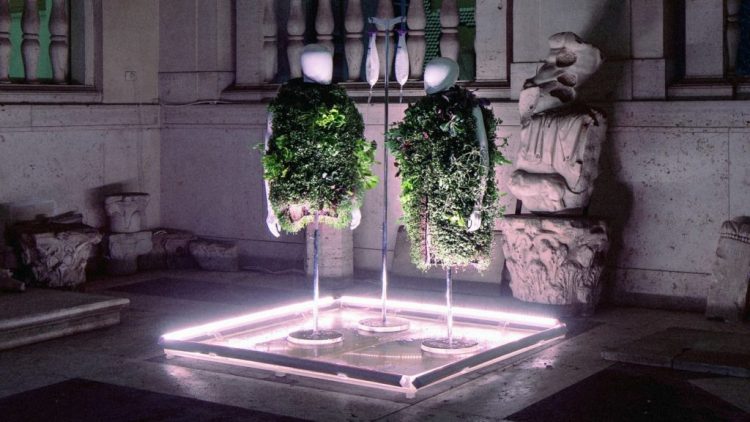
Designer Aroussiak Gabrielian has given the phrase “grow your own food” a whole new meaning by creating a wearable vegetable garden that can accommodate dozens of different crops fueled by the wearer’s own urine. Dubbed Posthuman Habitats, Gabrielian’s project was inspired by the vertical, soilless gardens of French botanist Patrick Blanc, and consists of a […]
The Himalayan Balsam – An Invasive Flower That Spreads by Explosion
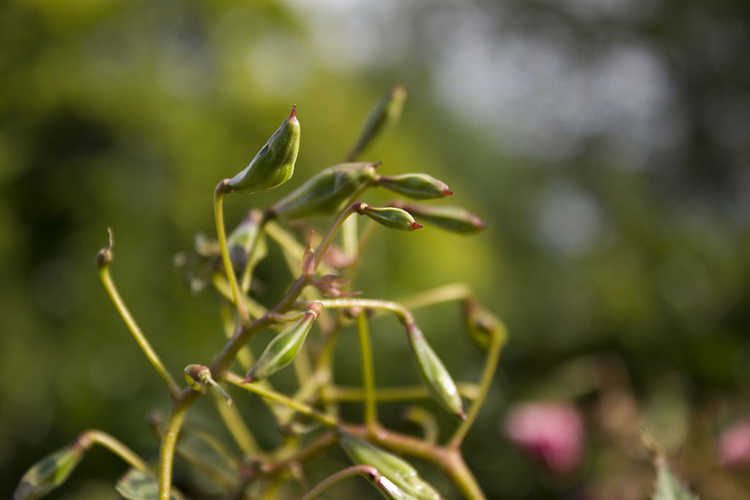
Impatiens glandulifera, commonly known as the Himalayan Balsam, is an invasive plant with a very peculiar colonizing system – its seed pods literally explode when touched or otherwise disturbed, shooting the seeds up to 7 meters in every direction. A native of India and Pakistan, the Himalayan Balsam has managed to invade 23 European countries, […]
This Plant Has Flowers Shaped Like Hummingbirds
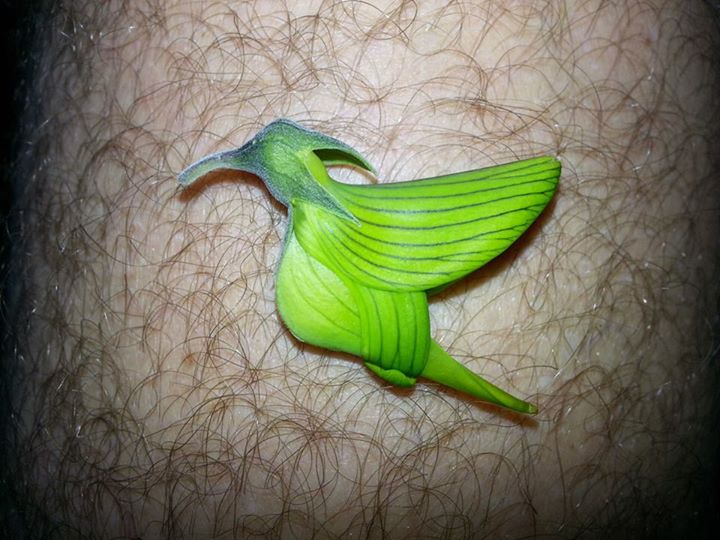
Crotalaria cunninghamii, a legume native to northern Australia, is known as the “green bird flower” for a very good reason – its green flowers look like tiny hummingbirds with their sharp beak attached to the plant’s stem. A photo of two Crotalaria cunninghamii flowers recently went viral on Reddit, leaving many users scratching their heads and […]
The Book That Grew – A Unique Book Grown By Manipulating Grass Roots

In an effort to promote sustainable agriculture, Irish as agency Rothco teamed up with German artist Diana Scherer to create The Book That Grew – a 22-page tome created by manipulating the roots of living plants to grow in the shape of letters and diagrams. We wrote about plant root manipulation for artistic purposes in […]
Japanese Knotweed – An Invasive Plant That Is Proving Impossible to Control
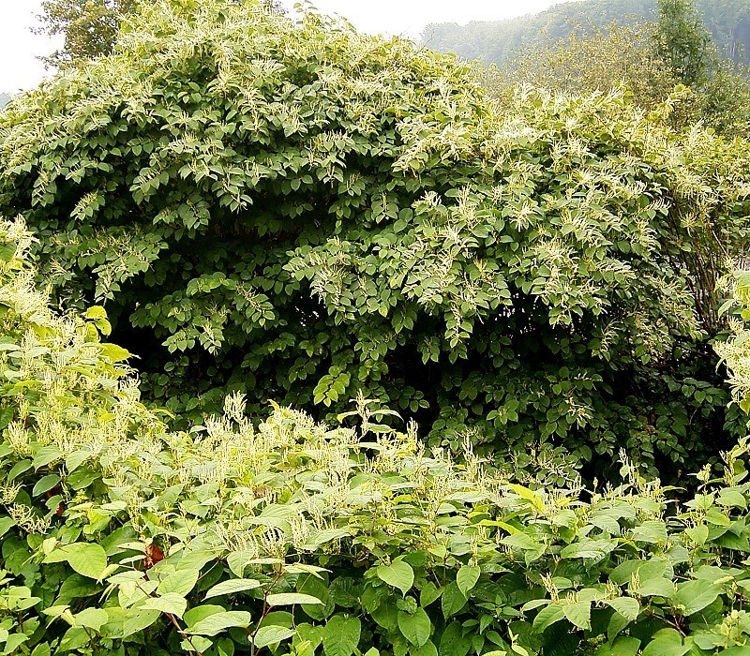
With weedkillers more advanced than we’ve ever had and significant technological progress, it seems unlikely that any plant could cause major socioeconomic problems, at least in developed countries. That’s what makes the Japanese Knotweed so fascinating. Despite humanity’s best efforts to eradicate or at least control this resilient invasive plant, it continues to spread across […]
